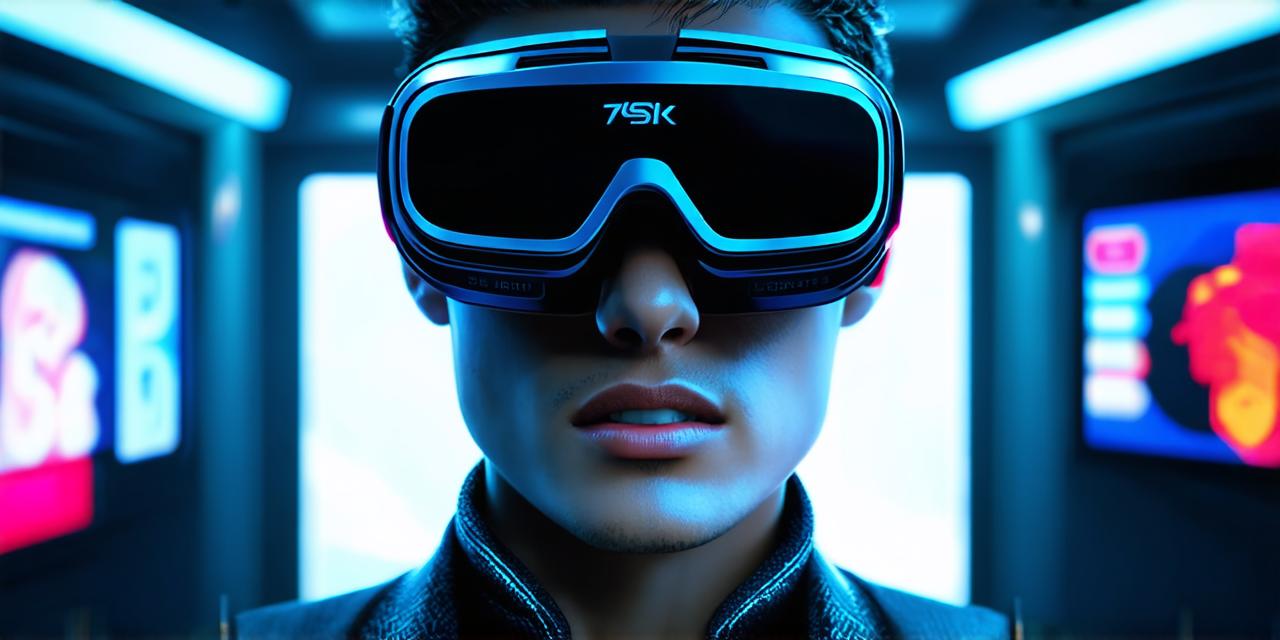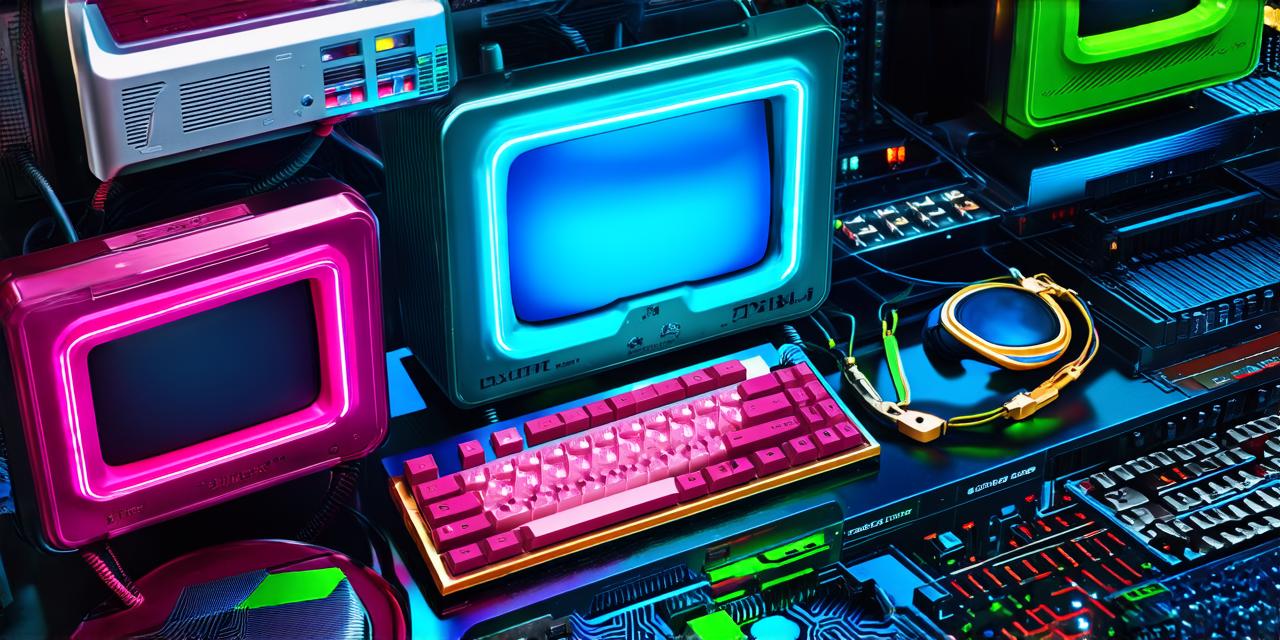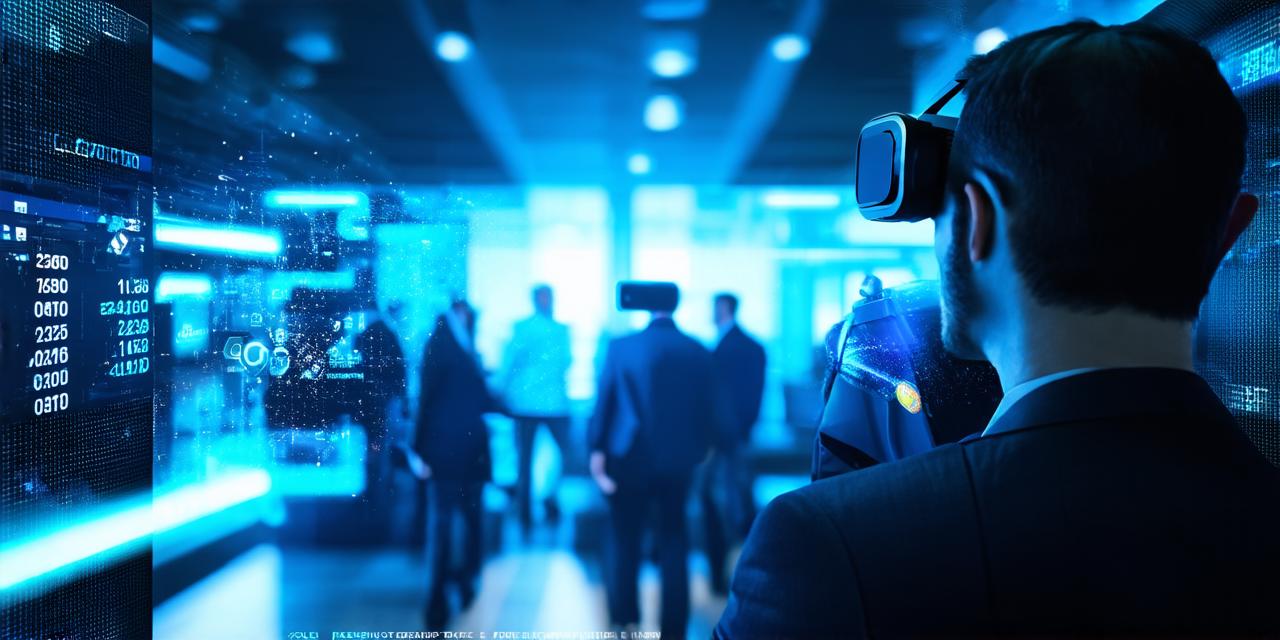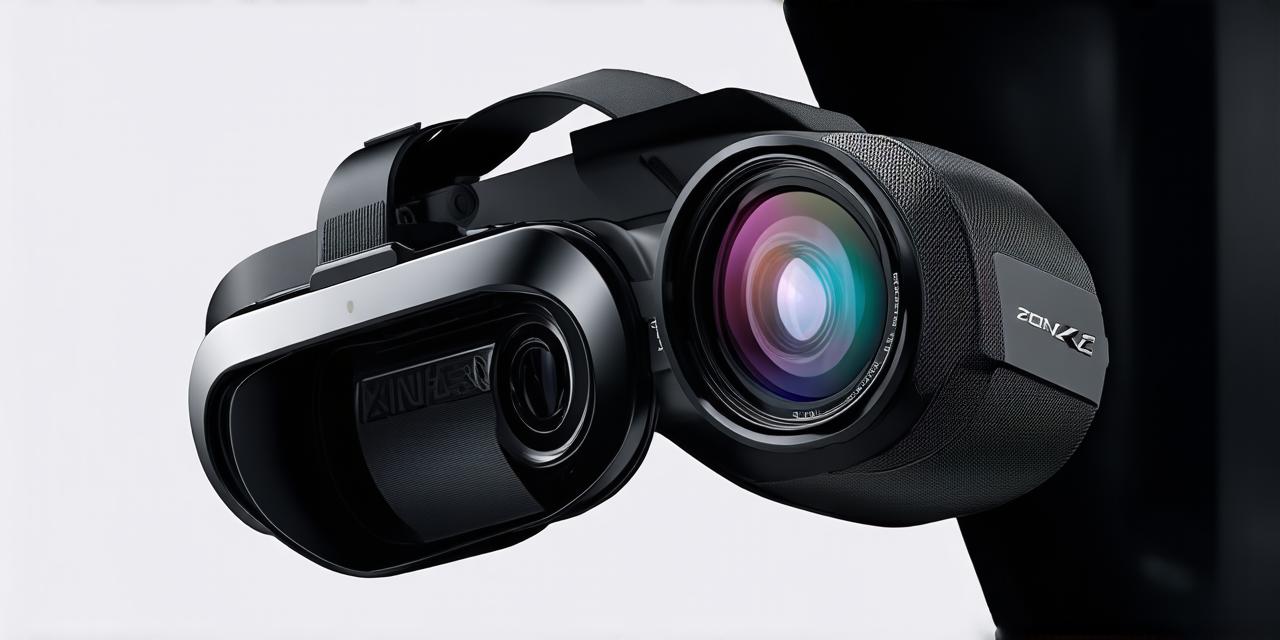Virtual Reality (VR) is a technology that has captured the imagination of people around the world. With its ability to transport users into immersive digital environments, VR offers a unique experience that has the potential to revolutionize various industries.
However, as VR continues to advance, it is important to consider how it will merge with our everyday lives and how we will navigate these new realities. In this article, we will explore the ways in which VR is already merging with reality and what this means for the future of augmented reality (AR) and artificial intelligence (AI).

One of the key aspects of VR technology is its ability to create a sense of presence, where users feel as if they are truly immersed in a digital environment. This has been achieved through advances in tracking technology and display resolution, which allow for more realistic and responsive virtual environments.
However, as VR continues to evolve, we can expect it to merge with other technologies to create even more immersive experiences.
One such technology is augmented reality (AR), which overlays digital information on top of the real world. AR applications have already found their way into various industries, from gaming and retail to advertising and education.
For example, IKEA’s AR app allows users to visualize how furniture would look in their home before making a purchase, while Pokémon Go uses AR to create an immersive gaming experience that blurs the line between virtual and real worlds.
One of the key advantages of AR is its ability to enhance our understanding of the world around us by providing additional information and context. For example, AR can be used in healthcare to help doctors visualize patient anatomy and plan surgeries more accurately. In education, AR can be used to create interactive learning experiences that engage students and make complex topics more accessible.
Artificial intelligence (AI) is another technology that has the potential to merge with reality in exciting ways. AI-powered virtual assistants like Siri and Alexa are already integrated into our daily lives, providing us with information and helping us navigate our world.
As AI continues to advance, it will likely play an even more significant role in how we interact with technology and with each other.
One example of the potential of AI is its ability to analyze vast amounts of data and provide insights that would be impossible for humans to detect on their own. For instance, AI-powered sensors can be used to monitor air quality and predict health hazards, helping to improve public safety and reduce the burden on healthcare systems.
As these technologies continue to evolve, we can expect them to merge in new and exciting ways. For example, some companies are already using VR and AR together to create immersive experiences that combine the best of both worlds.
Another example of the merging of VR and AR is the use of haptic feedback technology, which provides tactile sensations that allow users to feel as if they are interacting with virtual objects in the real world. This technology has already been used in gaming and other applications, but it has the potential to revolutionize various industries, from manufacturing and construction to healthcare and beyond.
Despite these exciting possibilities, there are also challenges that must be addressed. One of the biggest challenges is the issue of integration, as these technologies require significant computational power and resources.
This means that they may not be suitable for all applications or devices, and it could limit their adoption in some industries.
Another challenge is the potential for disorientation and motion sickness, which can occur when users spend extended periods of time in virtual environments. While there have been advances in VR technology to address these issues, such as improving tracking accuracy and reducing latency, there is still work to be done.
Despite these challenges, the future of VR and AR is bright. As these technologies continue to advance, they hold the potential to become more accessible and integrated into our daily lives. We may see VR and AR used in new and innovative ways that we cannot yet imagine, from enhancing communication and collaboration to improving healthcare outcomes and beyond.
In conclusion, the merging of VR and AR represents a new frontier in human-computer interaction. As these technologies continue to evolve, they hold the potential to transform various industries and enhance our understanding of the world around us. While there are challenges that must be addressed, the opportunities for innovation and growth are immense. By embracing this new reality, we can unlock new possibilities and create a better future for ourselves and for generations to come.




